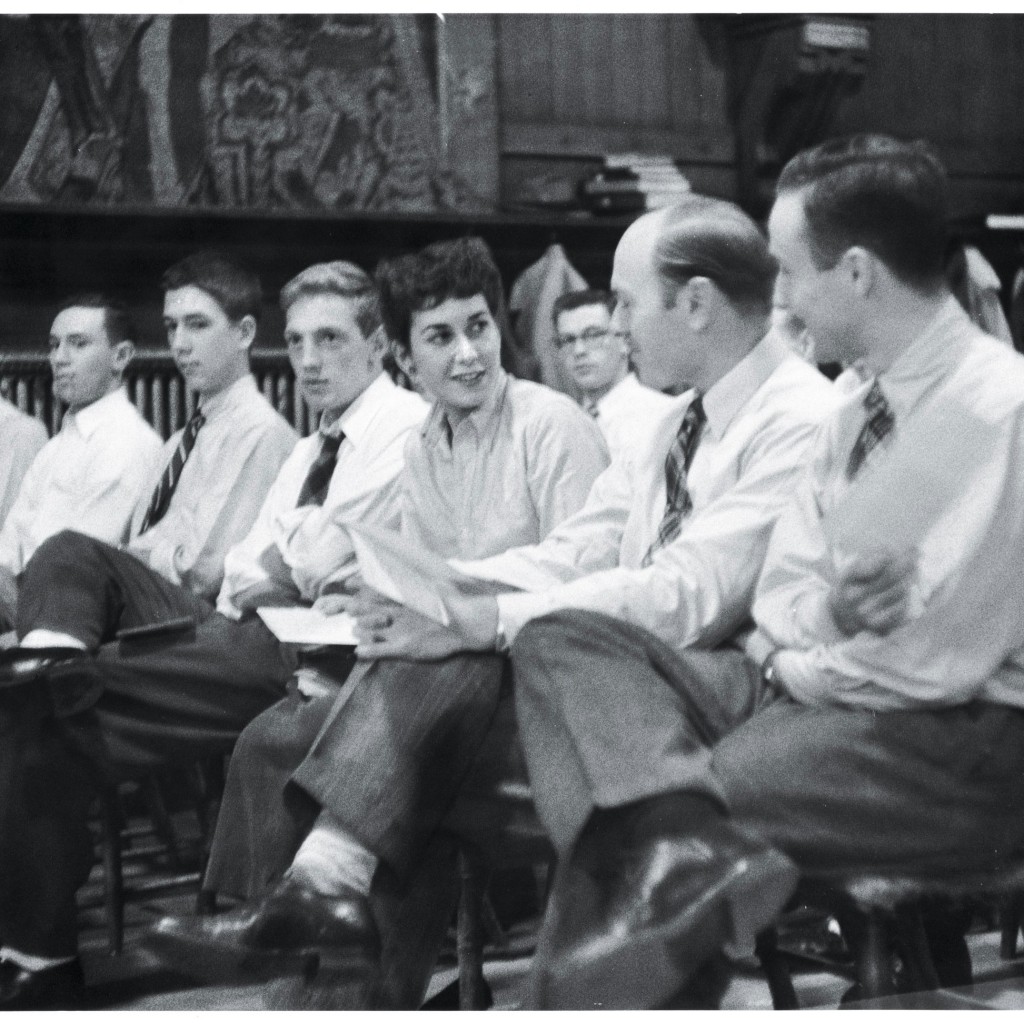The typical college student today is very different from that of the past. The fairly accurate stereotype of the young, middle class, white, full-time, male student back in the 50s has significantly evolved into the incredibly diverse and mixed student populations that we see today .

This, of course, is generalizing but the “typical” college student of today would likely include some mix of the following characteristics:
- Female (approximately 57%)
- From a previously underrepresented group ie Black or Hispanic (approximately 30%)
- Older (average age approximately 25)
- Working (approximately 70%)
- Studying part-time
- Taking longer period to complete
- Supporting a family
- Seeking financial aid
- Doing a second applied program
- Studying online or by distance education
- Seeking competency-based training
- Looking for progressive credentialing
- Looking to PLAR in credits
- From an international background
- Etc
The point of this list is not to capture every possibility but to highlight the very stark contrast between how things were with how things are today.
Higher ed institutions are working hard to adapt their missions, program offerings and services to incorporate and serve this evolving student reality. In parallel to these efforts institutions also must adapt their marketing to these changing student needs and personas to successfully compete and thrive in today’s competitive higher ed marketplace.
So what should you do to ensure that your education marketing is properly focused on today’s prospective student and not stuck in the past?
The following checklist provides you with ways to tune up your marketing to help you ensure that you are focused on the new typical student.
- Review and adjust your brand to incorporate the new student reality – if 25 % of your students are now online and never come to campus it’s time to revisit your current bricks and mortar oriented branding and find a more inclusive positioning.
- Identify, research and target your potential growth segments, i.e. international, transfer, veterans, graduate, part-time and develop well informed profiles for each.
- Develop and use up-to-date priority prospective student personas so that your marketing clearly relates and speaks to those key audiences.
- Develop highly segmented and personalized marketing campaigns for your priority personas – If you are trying to engage the “first member of a family to attend college” persona your recruitment messaging, collateral and processes need to be customized to and appropriate for that audience.

- Find ways to directly engage with the new student demographic – use social media, email and customized persona driven on-campus events that allow non-traditionals to connect, gather info and gain confidence and trust in your organization.
- Meet tomorrow’s students on tomorrow’s technology – international, distance, and workplace training prospective students will use the latest technology to seek you out. Be present and be competent with the technology to earn their engagement and respect.
- Become a master at email marketing – Email is still the highest ROI marketing tactic in your toolkit and is essential to reach highly segmented, prospective students with personalized marketing.
- Make sure your SEO efforts are aligned with your target personas and campaigns to reach the new student demographic – i.e., working adults seeking competency based training will use very different keywords from 18 – 20 year-olds, seeking a full time program.
- Embrace your website’s analytics as a critical tool to understand today’s prospective students – Their visits to your website are the golden opportunity to understand their needs and goals.
Effective marketing to the new student demographic demands that your marketing be appropriate, precise, and timely. By revisiting your marketing from branding right down to individual campaigns with an eye to the new student demographic, you can improve the quality and effectiveness of all your recruitment activities

What other strategies and tactics has your marketing department used to improve your recruitment effectiveness with today’s typical students?






